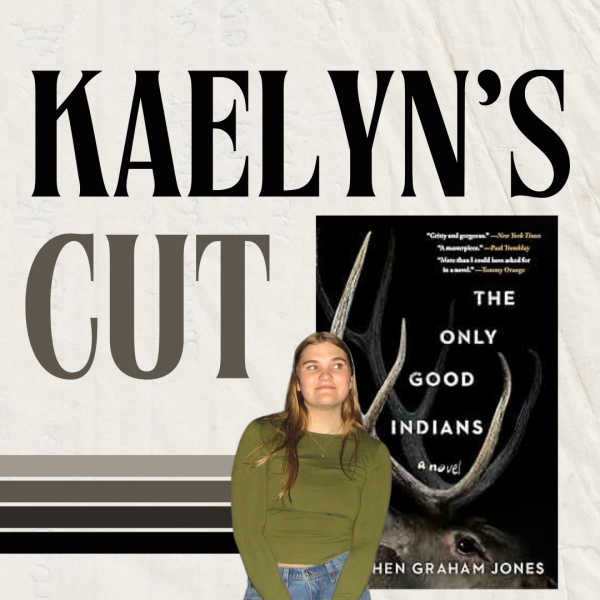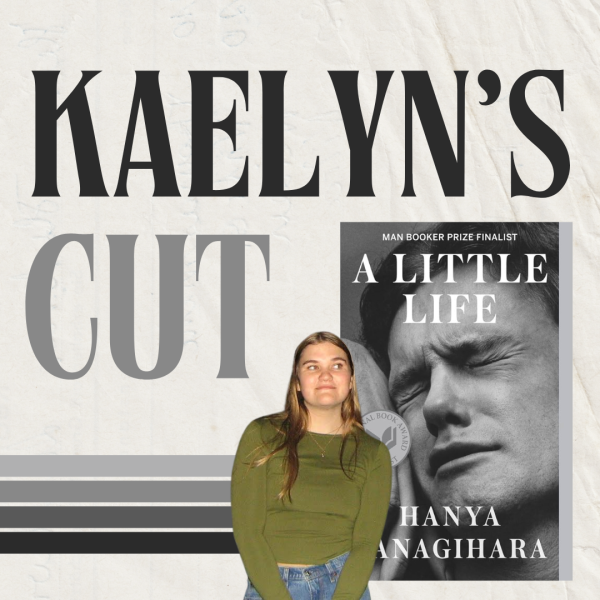Stop the Scroll
People are actively seeking out bad news, in a phenomenon known as “doomscrolling.” What are the effects of this trend, and how can we stop it?
Social media is filled with bad news and negative information. Luckily, there are ways to break the cycle of scrolling.
Social media platforms such as TikTok, Instagram, and Twitter all have one thing in common: the ability to expose users to a never-ending variety of content in a short amount of time. This endless scroll can be both a blessing and a curse. On one hand, people are easily able to access information on topics they are interested in, such as sports, art, politics, and news. On the other hand, this constant stream of content can lead to a phenomenon known as “doomscrolling.” This relatively new sensation is defined as “a habit of scrolling through social media and news feeds where users obsessively seek for depressing and negative information” (Vox). This trend of searching for bad news reached its peak during the COVID-19 pandemic when depressing news was at an all-time high. Combined with stay-at-home orders, many people picked up the habit of doomscrolling.
There are many reasons why people are drawn to bad news. One reason is that people find safety in knowledge, especially during major global events. There is also a sense of comfort and community found among social media users who share feelings of hopelessness and depression. Finally, there is the human interest aspect. As humans have evolved to respond to threats, we have developed what is known as a “negativity bias.” Bad news stands out as a “threat” and leaves a stronger psychological impact than positive news.
“Our minds are wired to look out for threats,” said clinical psychologist Dr. Amelia Aldao to NPR. “The more time we spend scrolling, the more we find those dangers, the more we get sucked into them, the more anxious we get.”
Unsurprisingly, doomscrolling is unhealthy, both mentally and physically. Doomscrolling can create higher levels of depression and anxiety, as well as a disruption to sleeping and eating habits. A study published in the Health Communications Journal surveyed 1,100 adults in the US on their news consumption habits. 16.5% of survey respondents had a “severely problematic” habit of consuming negative news. Of that group, 74% reported experiencing mental health problems, and 61% reported physical health problems compared to 8% and 6.1% of other study participants with a lesser habit of consuming bad news.
So, how can we stop the never-ending scroll? For starters, you can limit your screen time as a way to avoid doomscrolling entirely. It’s important to stay informed on current events, but setting a timer on social media apps can help you find a boundary between information and negativity. It can also help to seek out good news to help break up the stream of bad. News sources such as goodgoodgood.co and positive.news provide real good news and not just ‘feel good’ stories. It’s also important to set intentions when seeking information online. Keeping in mind the information you’re looking for can avoid the endless ‘doomscroll.’
In a world full of bad news, it’s easy to get wrapped up in the negative. Social media is loaded with endless content, and if you’re not careful, you can fall victim to the never-ending doomscroll.

Kaelyn is a senior at Liberty, and this is her third year on the Live Wire staff. At Liberty, she participates in NHS, garden club, SEA club, and softball....








